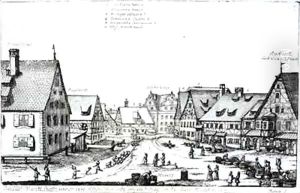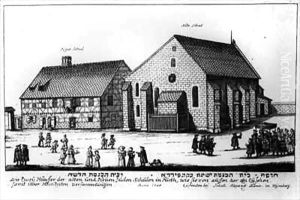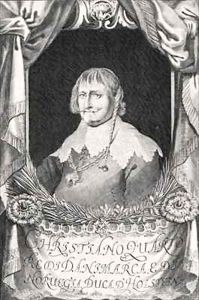Johann Alexander Boener Paintings
Johann Alexander Boener was a German engraver and portraitist who was born in Nuremberg in 1673. His work primarily consisted of portraits, landscapes, and city views, often in the form of prints and copper engravings. Boener's style was rooted in the Baroque tradition, which was prevalent during his lifetime, and his work is characterized by its detailed and precise nature.
Boener was trained in the art of engraving in his hometown, where he was influenced by the strong tradition of printmaking that Nuremberg was known for. This city had a rich history of art and craftsmanship, being the home of Albrecht Dürer in the previous century. Boener's efforts in engraving were significant enough to earn him recognition beyond his native city.
Though not as widely known as some of his contemporaries, Boener's portraits and views were nonetheless popular during his lifetime, particularly among the middle classes who could afford such prints. He was skilled at capturing the likeness and character of his subjects, which ranged from local dignitaries to members of the bourgeoisie. His landscapes and city views also served as historical records of the places he depicted, providing valuable insights into the architecture and cityscapes of the Baroque period.
Johann Alexander Boener's contributions to the art of engraving were part of the larger context of European printmaking in the 17th and early 18th centuries, which saw a growing demand for affordable images. His work reflects the social and cultural milieu of his time, offering a window into the aesthetics and values of the Baroque era in Germany. Boener passed away in 1720, leaving behind a body of work that continues to be studied and appreciated for its historical and artistic significance.


